How to Clean Your Air Conditioner to Improve Summer Air Quality
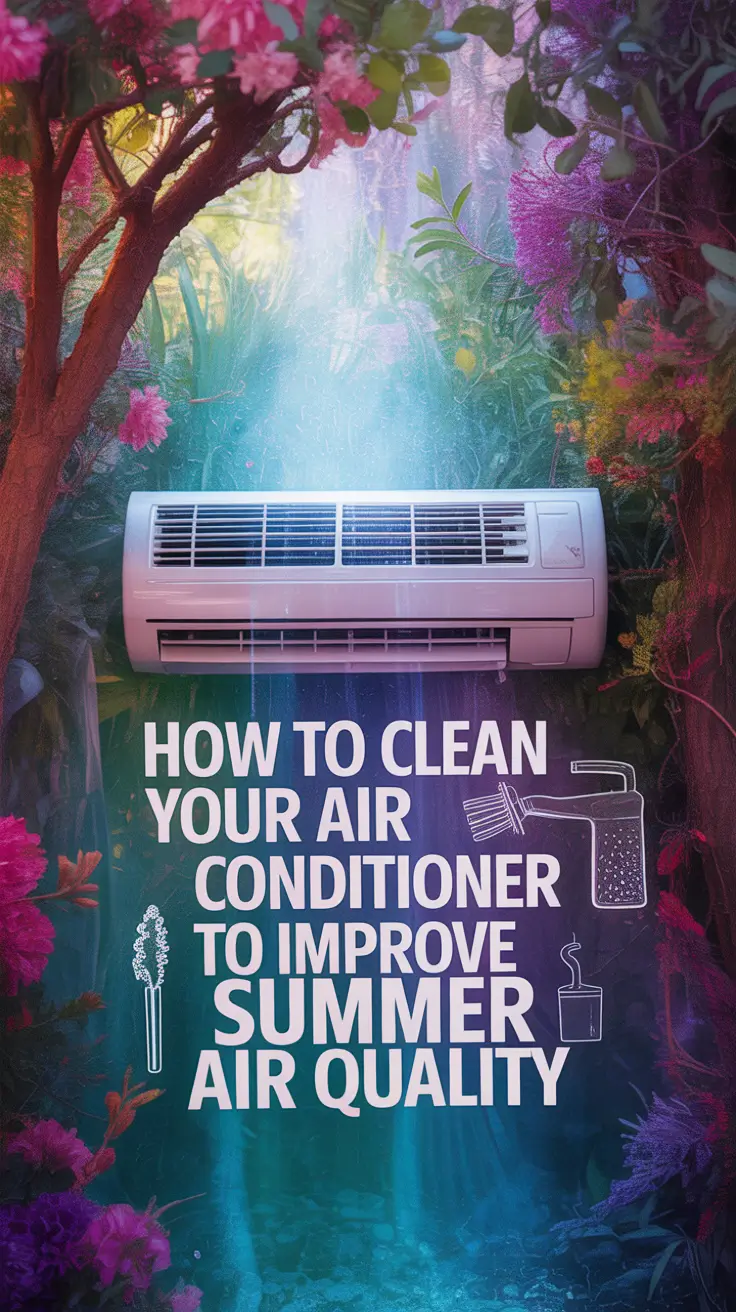
It hit me on the second 90-degree day in June. The air conditioner was blasting, yet the air in my living room was… stale. Not hot, not stuffy, precisely, but thick, as though it had lost the power of motion. I supposed it was the weather, or the windows, or perhaps it was me. But when I opened the front panel of my air conditioner, I understood everything.
Dust, clumps of it. A faint layer of something yellow-gray. And tucked behind the filter? A tiny mold bloom, curled like lace. That was my “aha” moment — not glamorous, but real.
If you’ve ever felt like your AC is working overtime but your air still feels off, I promise: you’re not imagining things. That little box on your wall (or window) might be hiding more than you think — and affecting more than just your electric bill.
Let me show you exactly what I did to fix it, what actually helped, and how you can turn your AC from a dusty air pusher into a clean breeze machine — without calling in a pro.
Why Cleaning Your AC Isn’t Just About Efficiency
Here’s the part I didn’t expect: how much better I would feel after I cleaned it.
We tend to treat air conditioners like appliances — plug them in, turn them on, forget about them. However, within that plastic shell is a mini environment: filters, coils, moisture, and airflow. Dust and allergens do not simply remain trapped when they accumulate, they circulate. And we breathe it all in.
The Unseen Side of a Dirty AC
-
A clogged filter can trap pollen, dander, and fine particles — then re-release them when airflow picks up.
-
Moisture in the unit (especially in humid climates) creates the perfect place for mold spores to grow.
-
If your AC smells a little “off,” that musty note probably isn’t your imagination.
According to the EPA, indoor air can be up to 5x more polluted than outdoor air — especially in homes with poorly maintained HVAC systems. Yes, it is not only about comfort when cleaning your air conditioner. It’s about health.
And it doesn’t require a toolkit or a technician. Just a little bit of attention, a little routine, and knowing what to look for.
Signs It’s Time to Clean Your Air Conditioner
It started with something small: a slight drop in airflow. Then came the rest. These are the signs I didn’t know to watch for — until I did.
What to Watch For:
-
🌀 Weaker airflow than usual
-
🌫️ A musty or dusty smell when it turns on
-
😓 The room takes longer to cool
-
💧 Moisture collecting or leaking under the unit
-
🤧 Increased allergies or sneezing while indoors
If two or more of these ring a bell, chances are your air conditioner needs a good cleaning. And once you do it? You’ll notice the difference almost instantly — I sure did.
What You’ll Need: The Simple Supply List
I used to think I’d need special tools, or that I’d mess something up if I opened the unit. But after researching (and fumbling a little), I found a simple kit that works every time — no guesswork, no power tools.
Basic Supplies I Swear By:
-
A microfiber cloth
-
A soft brush or old toothbrush
-
A bowl of warm soapy water
-
An all-purpose spray cleaner or diluted vinegar solution
-
A vacuum with a narrow nozzle
-
A mask (if you’re sensitive to dust)
-
A dry towel or drying rack
It all fits into one tote bag — and once a month, I pull it out, pop open the panel, and get to work. It feels like skincare, but for my home.
How I Clean My Air Conditioner: Step-by-Step
This is the part that made the biggest difference. The first time took me about 30 minutes. Now I can do it in 15, tops. No stress, no mess — and you really don’t need to be “handy.”
Let me break it down for you.
7 Steps That Changed My Air Quality:
-
Turn off the unit and unplug it. Always, always start safe.
-
Open the front panel. Usually it just clicks up — no tools needed.
-
Remove the filter(s). Most units have 1–2; slide them out gently.
-
Wash the filters with warm soapy water. Rinse and let dry completely.
-
Vacuum the interior. Use the nozzle to get into corners and around coils.
-
Wipe down with cleaner. Spray a cloth or use vinegar spray for a deep clean.
-
Dry everything and reassemble. Make sure it’s fully dry before plugging it back in.
After the first round, I noticed the air smelled… cleaner. It moved differently. No more faint rattle, no more weird smell. Just flow.
Before and After: The Results That Surprised Me
Here’s where it all shifted: I started sleeping better.
I hadn’t even connected the dots, but my usual summer congestion — that dry throat, the stuffy nose in the morning — disappeared. And when I checked my electricity usage? It had dropped.
Let me show you how the numbers looked after one cleaning session:
| What Changed | Before Cleaning | After Cleaning |
|---|---|---|
| Smell in the Room | Musty, slightly sour | Neutral, light |
| Cooling Time | 25–30 minutes | 12–15 minutes |
| Energy Usage (daily avg.) | 8.2 kWh | 6.9 kWh |
| Sleep Quality (personal!) | Waking up tired | Sleeping through |
| Airflow | Weak, uneven | Smooth and full |
How Often Should You Clean It?
I used to think once a year was enough. But that’s like washing your sheets once every 6 months — technically okay, but not ideal.
Here’s what I follow now:
-
Twice a summer (June + August) — at minimum
-
Once a month if you live in a dusty area, have pets, or are allergy-prone
-
Right after home renovations or wildfire season
-
Any time you notice smells or reduced cooling
Your air conditioner doesn’t have to be high maintenance. But it does like attention. I set a recurring reminder on my phone — and now it’s part of my rhythm, like watering plants.
Extra Air Tips That Helped Me Even More
Once I got into the habit of cleaning my AC, I started noticing how the rest of my space felt too — and I found a few add-ons that made a big difference.
Things That Made a Noticeable Difference:
-
💨 An air purifier — especially during wildfire season
-
🌿 Opening windows for 15 mins in the morning (when outdoor air is cleanest)
-
🍋 Essential oils in a diffuser — lemon and eucalyptus work wonders
-
💧 A small humidifier — especially if AC dries out your skin or throat
-
🧺 Wash curtains and rugs — they hold more dust than you think
Little shifts, but big impact. It’s like giving your whole home a breath of fresh air.
Let’s Talk About the Invisible Shift
I didn’t expect to love this routine. It was like another task on a long list. But it quickly became one of those grounding practices — the kind that makes you feel like you’re taking care of your space and your body at the same time.
Clean air doesn’t just smell better. It feels lighter. My mornings are calmer. I breathe deeper. And maybe it’s all in my head, but my plants look happier too.
There’s something powerful about knowing you’re not just cooling the room — you’re improving the actual air you live in. That’s the kind of home care that sticks with you.
Final Thought
If your AC has been “working” but something still feels off, trust that instinct. You do not require a complete HVAC team or costly sprays. Just a gentle routine, a few basic tools, and 20 minutes of your time.
Clean air is self-care. And once you feel the shift — the kind you can’t see but can absolutely breathe — you’ll never go back.
👉 Pin this if you’re planning a summer refresh.
👉 What’s one habit that changed the way your home feels?

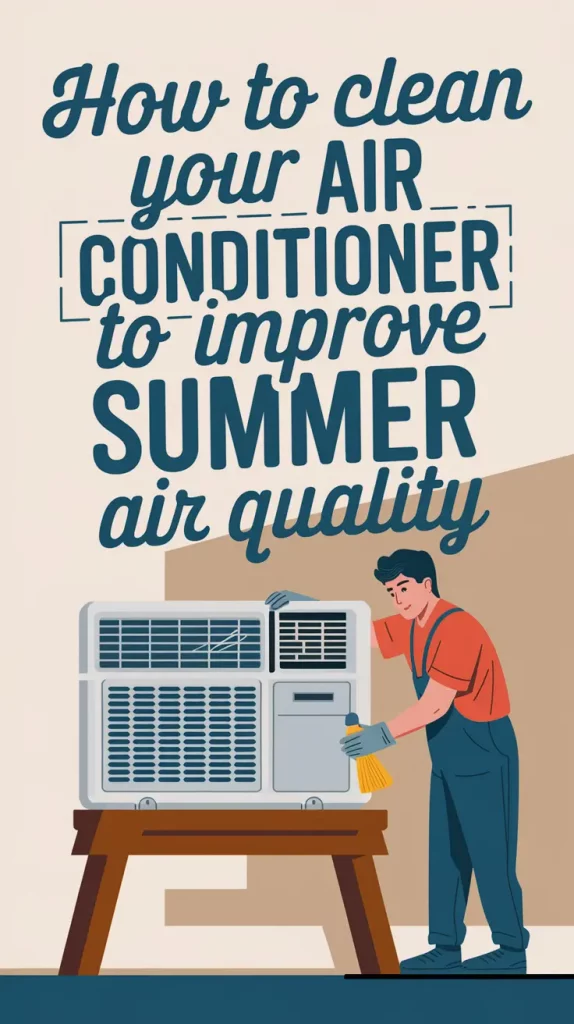
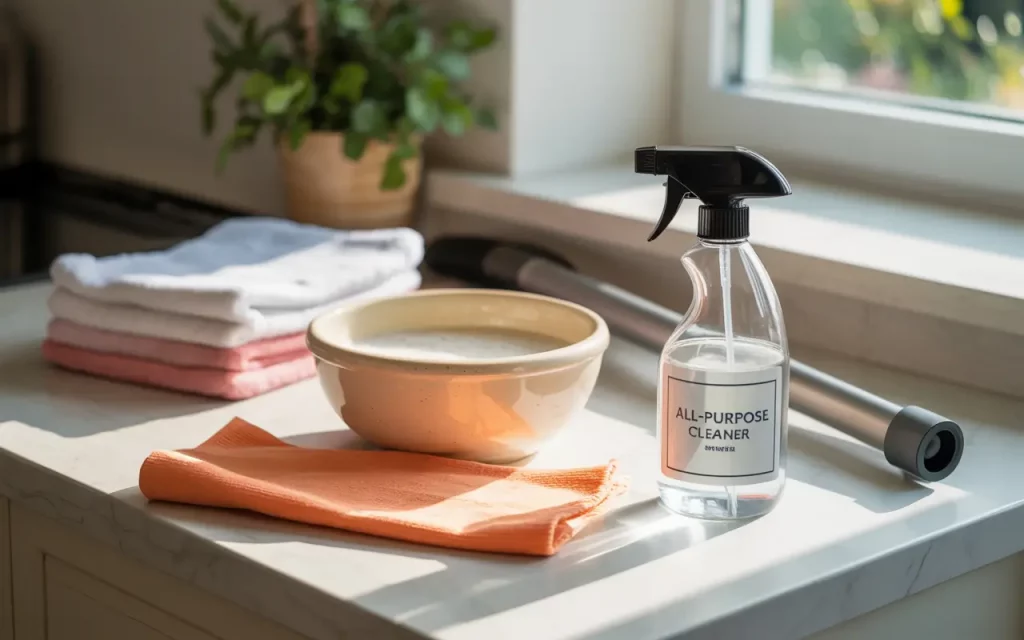
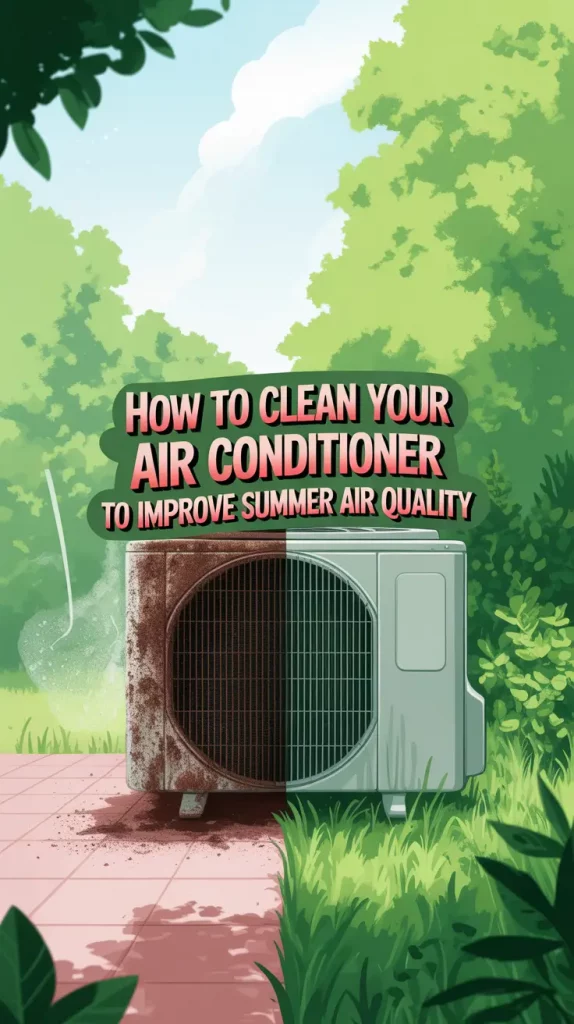
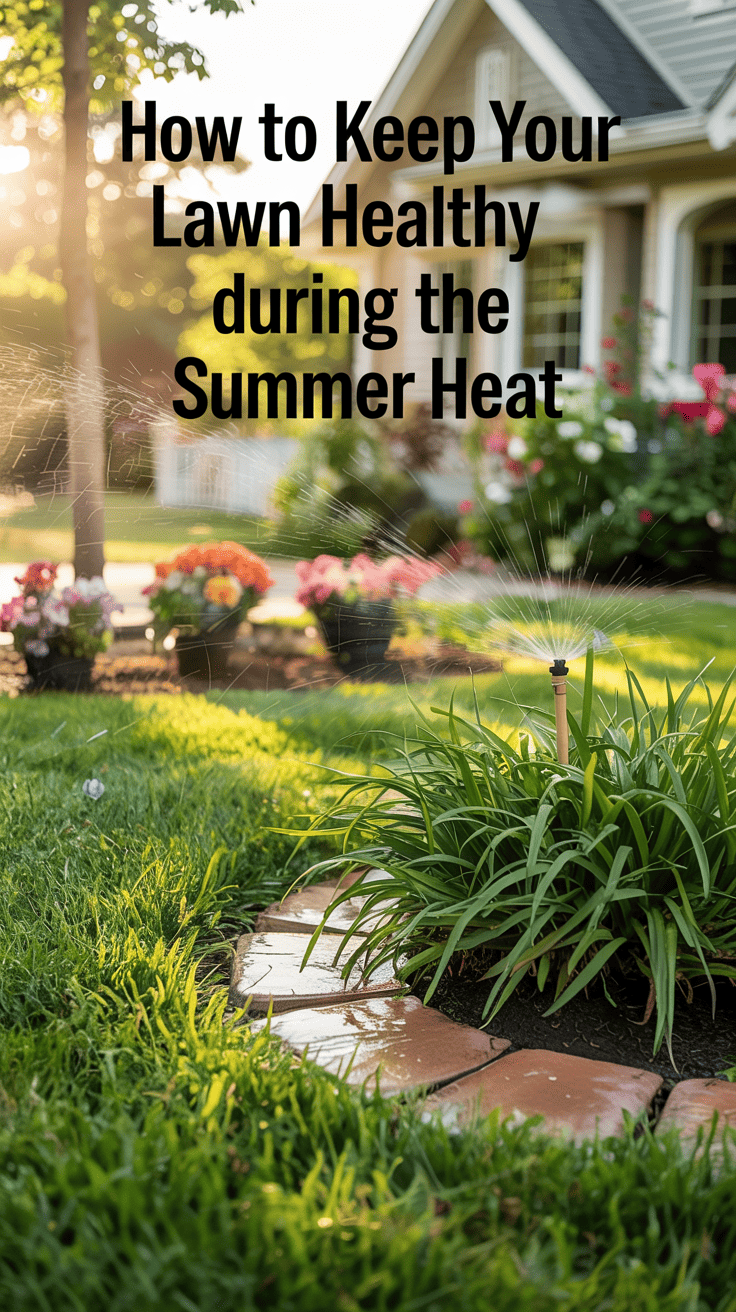



good post.Never knew this, appreciate it for letting me know.
thank you ❤️